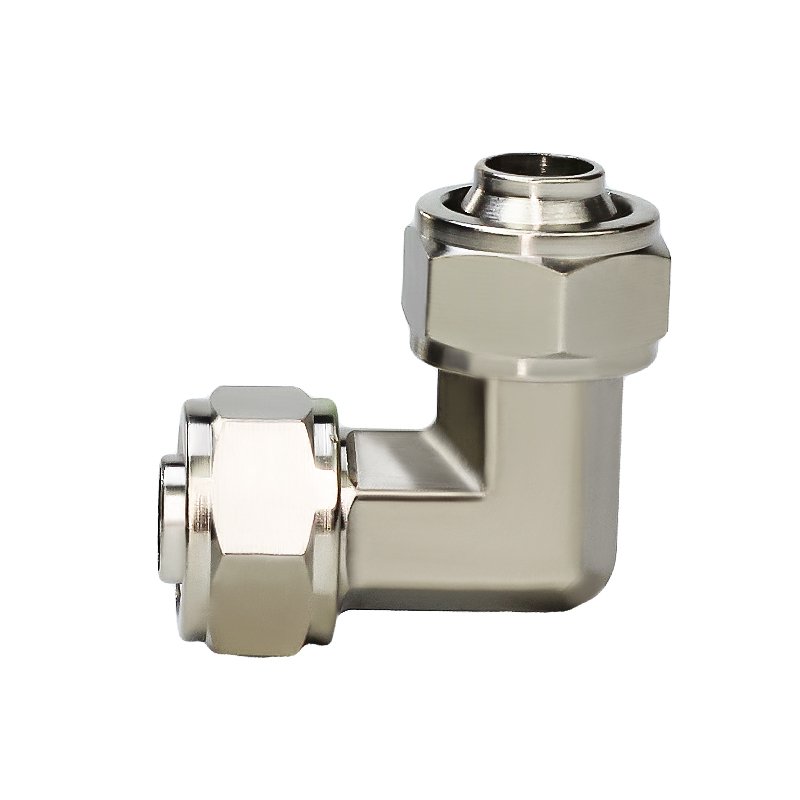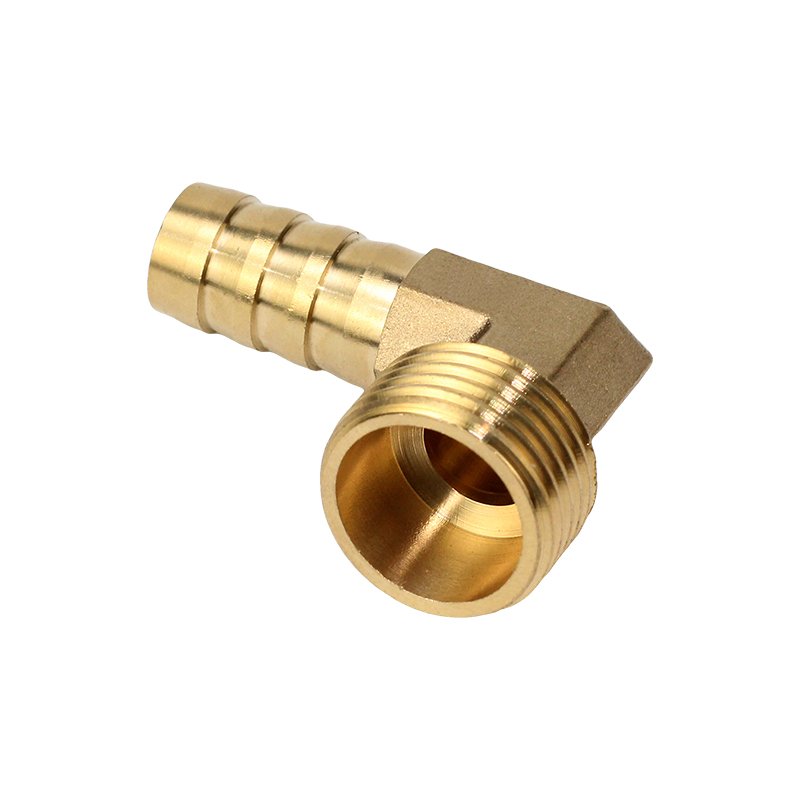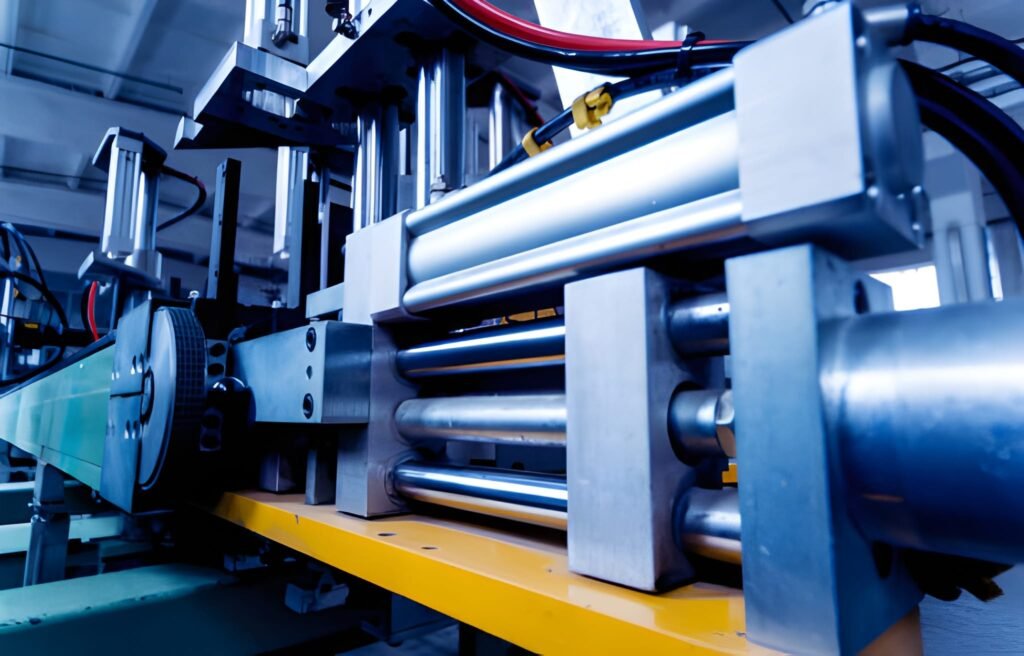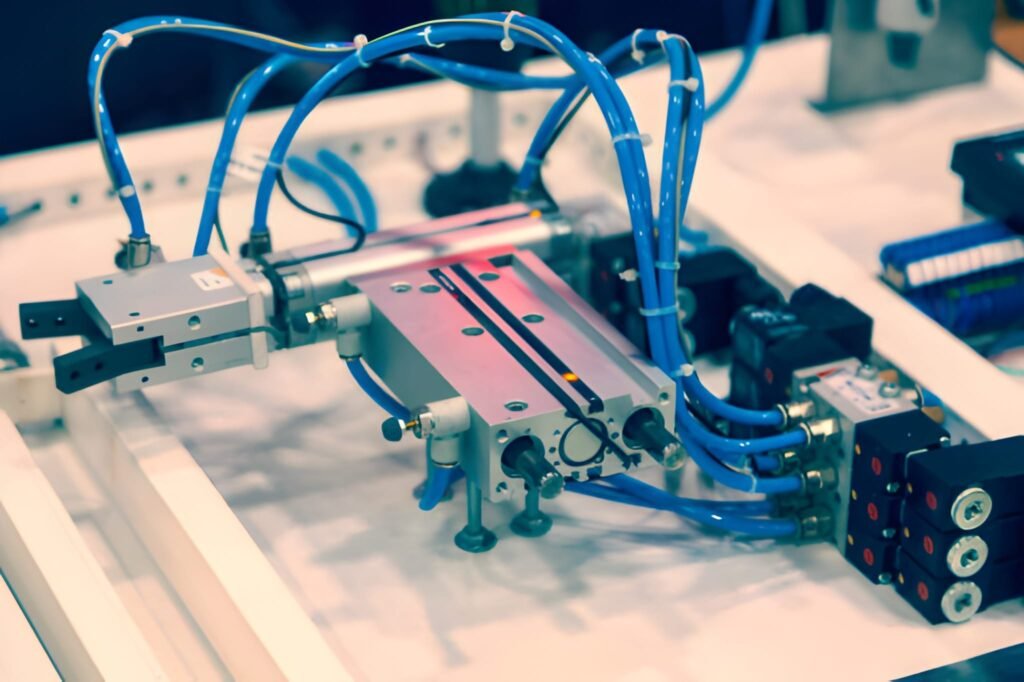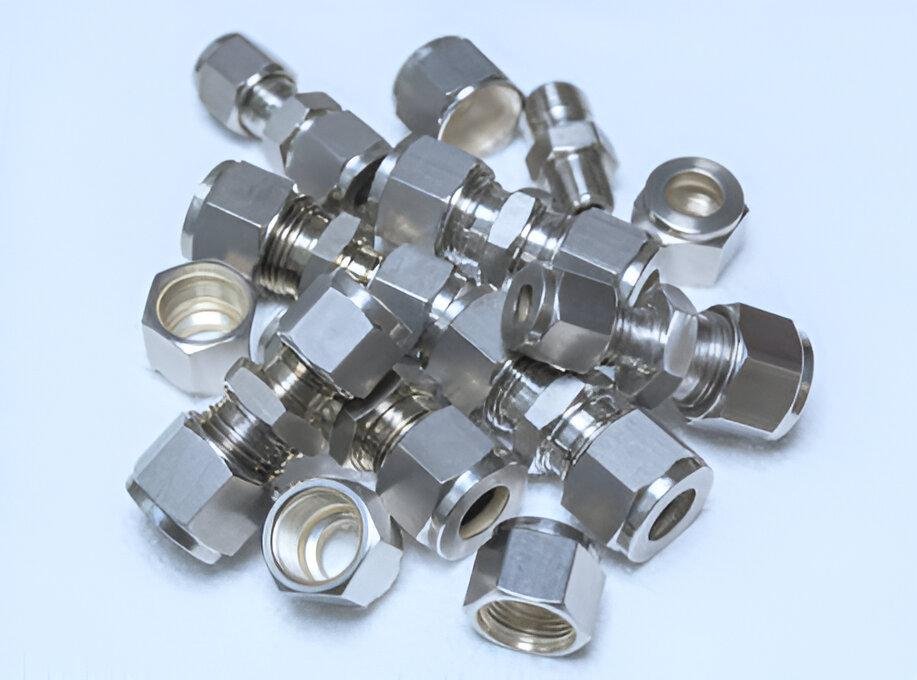Significance of High-Quality Copper
The materials used for high-quality copper barb connector are essential due to their excellent electrical and thermal conductivity, as well as corrosion resistance. The performance and longevity of these connectors depend significantly on the type of copper used, allowing them to function effectively in challenging environments. Common copper materials include pure copper, brass, and bronze, each with distinct mechanical properties. For instance, copper offers superior conductivity, while bronze provides enhanced strength and hardness. Selecting the appropriate copper material is crucial for ensuring connector reliability across various operating conditions.
Moreover, the purity of the copper and the technology used in its processing play vital roles. High-purity copper with minimal impurities exhibits better overall performance. Utilizing advanced forging and casting techniques results in smoother inner and outer surfaces, minimizing defects and enhancing durability and sealing capabilities. Therefore, it is important to consider both the quality of the copper material and the manufacturer’s processing standards when making a purchase.
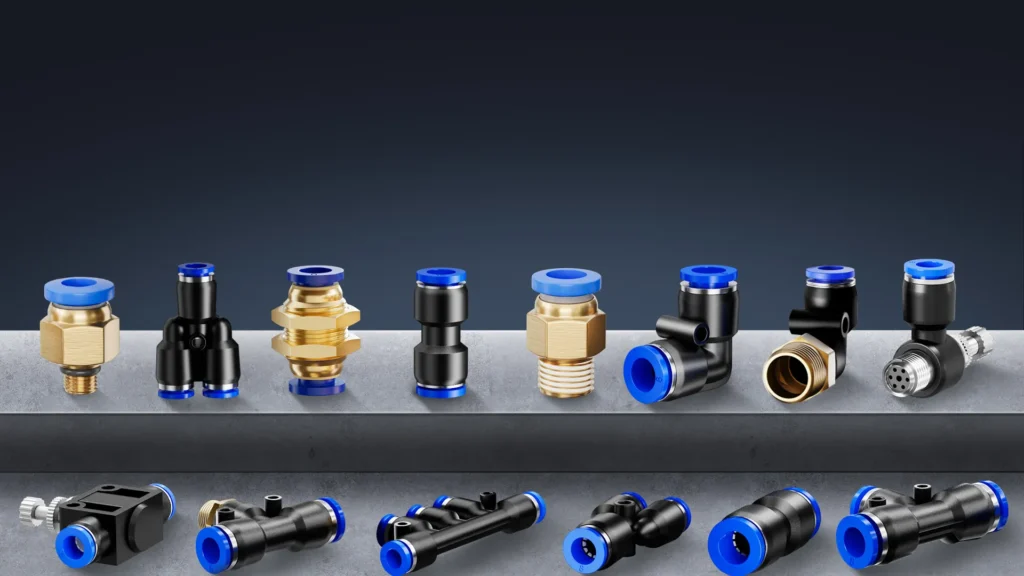
Compatibility of Barb Connector Sizes and Specifications
It is essential that the size and specifications of the copper barb connector align with those of the connected pipe to guarantee a reliable and sealed connection. Common sizes include 1/8″, 1/4″, 3/8″, and 1/2″, which correspond to various nominal pipe diameters. Additionally, the type and size of the connecting threads—such as NPT, BSPT, or G—must also match.
When selecting the appropriate connector size, factors such as pipe diameter and working parameters like medium flow rate and pressure should be taken into account. A smaller pipe diameter can lead to increased flow resistance, negatively impacting efficiency, while a larger diameter may raise costs and complicate installation. Therefore, it is necessary to choose connector specifications that are both economical and suitable for operational requirements.
Common Specifications and Their Applications
The market offers various specifications for copper barb connectors:
- Small diameter (6mm, 8mm, 10mm): Ideal for low-pressure applications such as pneumatic controls and vacuum systems.
- Medium specifications (1/8″, 1/4″, 3/8″): Commonly used in hydraulic systems, gas pipelines, and water supply networks.
- Large diameter (1/2″, 3/4″, 1″): Primarily utilized in industrial pipelines and agricultural irrigation where large flow rates are necessary.
Different fields have specific requirements regarding connector materials and performance. For instance, food-grade pipelines necessitate lead-free copper to ensure safety; meanwhile, chemical pipelines often require more corrosion-resistant materials like copper-nickel alloys or stainless steel. In marine applications, salt spray resistance is also a critical consideration. Thus, understanding both operational conditions and environmental factors is essential when selecting connectors.
Measuring for the Correct Barb Connector Size
To choose the right copper barb connector, accurately measuring the inner diameter and wall thickness of the pipe is crucial. Tools like vernier calipers can be employed for direct measurements or can be inferred from the pipe’s nominal diameter based on relevant standards.
Key points to remember during measurement include:
- Ensure that the pipe cut is flat and free of burrs to maintain measurement accuracy.
- Measure the actual inner diameter rather than the outer diameter.
- For hoses, measure the inner diameter in its relaxed state rather than when stretched or flattened.
The inner diameter of the pipe should correspond with the outer diameter of the connector barb, with the barb’s root diameter being slightly larger than the pipe’s inner diameter.After determining required connector specifications, consider factors such as pipe tolerance and assembly clearance. If needed, opting for a larger connector may facilitate smoother installation.

Alternative Material Options for Barb Connector Bodies
Beyond copper materials, selecting appropriate sealing ring and gasket materials in copper barb connectors is also critical. Common sealing materials include EPDM rubber, fluororubber, and silicone rubber—each offering varying degrees of temperature resistance, oil resistance, and chemical compatibility.
When choosing sealing materials, consider both medium characteristics and operating temperatures. For instance:
- Use fluororubber or Teflon for high-temperature steam applications.
- Opt for PTFE or PVDF when dealing with strong acids or alkalis.
Incorrect material choices can lead to sealing failures or corrosion issues in connectors.For high-pressure or vibrational environments, consider using copper barb connectors equipped with locking nuts. These provide enhanced pull-off resistance and sealing reliability compared to standard connectors.
Notable Brands and Models Available
Numerous brands offer copper barb connectors in today’s market; renowned manufacturers include Swagelok, Parker, SMC among others. These brands provide a range of connector types suitable for various industrial applications.
For example, Parker’s barbed self-locking connectors cater to diverse connection needs from fluid handling to pneumatic systems. Their products come in various configurations including conventional barbs and double barbs (dubl-barb), accommodating different working conditions.
In China, domestic brands like AirTac and Jintian Copper also hold significant market shares. AirTac’s quick-plug copper barb connectors are known for their cost-effectiveness while serving small to medium equipment connection needs.
Opting for products from established brands typically ensures quality performance; however, it’s important to balance brand reputation against cost-effectiveness based on specific needs and budget constraints. For standard applications, domestic alternatives can also provide economical solutions.

